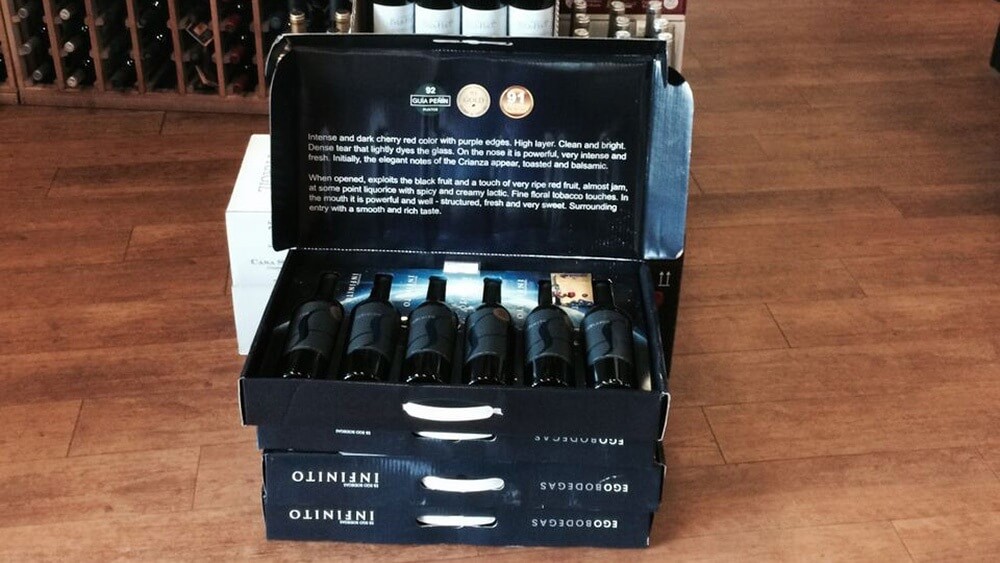How To Best Use Floor Space In Your Store
Posted by DMV Distributing on October 12, 2018

You can have the best products, most productive employees, and prime location for your store, but if you don’t have a good layout for your floor space, you’re cheating yourself out of some serious profit.
Not sure how to best use your store’s floor space? That’s OK. DMV Distributing in Frederick, Maryland, is here to help, and we have answers for you.
Types Of Retail Store Floor Plans
When you begin planning your layout start by putting it all on paper. Drawing out your floor plan gives you a good visual and allows you to have a bird’s eye view, so you can spot potential problems and make adjustments before you start installing fixtures.
When you begin to plan your layout, consider the size and shape of your retail area, placement of your products, flow of customer traffic, lighting, window/door locations, fixtures (shelving, display tables, or banners), and budget.
Several standard floor plans are available in retail. You can use the following plans as a basis for your own wine store.
- Grid layout – This plan, also called a straight layout, efficiently uses wall and floor space. Displays, shelves, and fixtures run parallel to the walls and every inch of floor space is used, even the corners. This style leaves lots of room for end caps, offering high visibility of products and displays. It’s most commonly found in big-box, grocery, and convenience stores.
- Free flow layout – This plan is more conducive to browsing and not so much for driving sales. It’s very flexible, and you can get pretty creative, updating and changing as you like. Many specialty retailers use this floor plan. Displays and fixtures are arranged at angles as opposed to parallel to the walls. This creates a relaxed, slower shopping experience, and grouped products can be highlighted.
- Loop layout – This plan is the best for guiding your customers through their wine shopping experience. The pathway is very defined and guides customers through the store, allowing them to come in contact with each displayed item. It’s common to use the loop layout as a foundation and then combine the grid or free flow in the main part of the store. This is also aptly called the racetrack layout.
Boosting Sales With Floor Layout
When you plan your wine store’s floor space, making sales is likely in the forefront of your mind. Several strategies that stores employ can increase sales potential. It begins the moment the customer walks in the door.
This space, the area just inside the door, prepares the customer for shopping (and buying). It should be clutter-free and give the customer plenty of space. They should have a good overview of the products, without any advertisements or marketing gimmicks. In short, it should welcome and draw them in, so they’re ready to make purchases.
Product placement is also important. Specialty wines and accessories are often placed toward the front while wines and products that are purchased more frequently are placed in the rear. In-between those spaces, many retailers use “speed bumps” to slow shoppers down. This is where impulse purchases and seasonal wines and accessories are placed.
They’re like mini visual breaks in the form of popular item displays, specials, sales, and signage that are situated halfway along a shelf or section.

Create The Feeling Of Space
Smaller wine stores have the added challenge of space, but there are ways to use floor space and plan your layout to create the feeling of space. While you can’t make the ceilings higher or install more windows, you can use clever floor plan ideas to create the illusion of space. Shelving is a great way to minimize the cluttered feeling of too many wine products in a small area.
Use vertical shelving or a combination of vertical and horizontal shelving to draw the customer’s eye up and eliminate clutter. Other types of fixtures, like cabinets and furniture, give your wine store more visual appeal and that feels roomier. Illuminate the space with creative lighting to give your customers an even better shopping experience.
Setting up your wine store takes careful planning but is well worth it. Your customers will appreciate a better shopping experience, and you enjoy increased sales. Only you can decide the best way to use your store’s floor space, but once you hit that sweet spot, your customers are going to love it.
Want more information on fine wine? Get in the know by contacting DMV Distributing by clicking the button below to get started.

